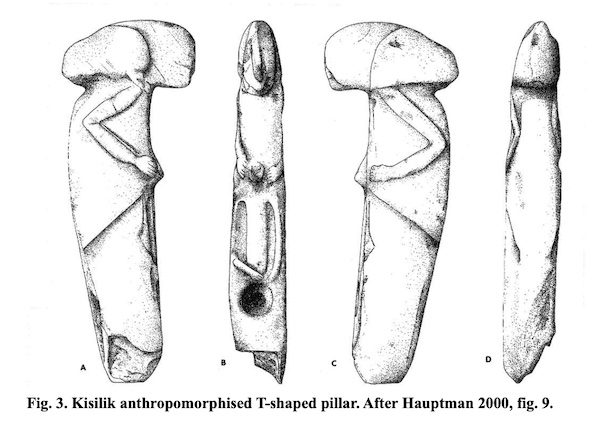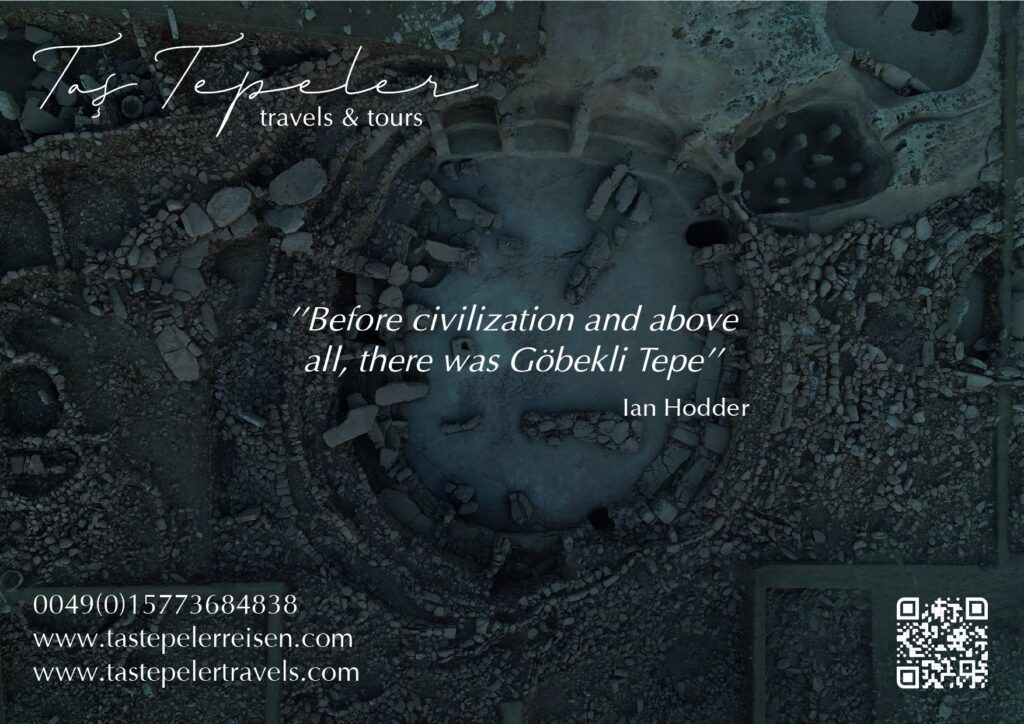
The spread of T-shaped pillars in Upper Mesopotamia in the PPN
The discovery of Göbekli Tepe, a site with monumental architecture, changed how archaeologists approach the PPN period in the Neolithic. Traditionally considered an era of hunter-gatherer subsistence, the monumental architecture at Göbekli Tepe presented the excavators with a confounding situation: how could small bands of hunter-gatherers come together and in concerted action design, construct and subsequently decorate such an elaborate series of structures? (Nortoff et al 2014, 84) The most striking of the architecture found at Göbekli Tepe are the T-shaped pillars, of which an estimate of two-hundred dot the tell at Göbekli Tepe.1 The pillars range from two to five meters high and boast a weight of up to fifty tons (Schmidt 2011, 5). It would take a significant amount of manpower to move these pillars and set them upright in the bedrock of the site.


